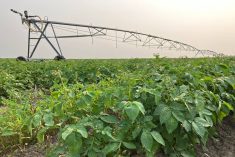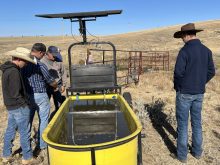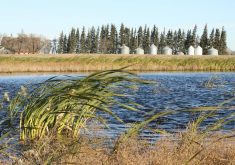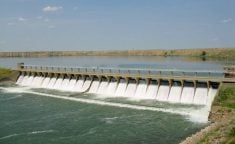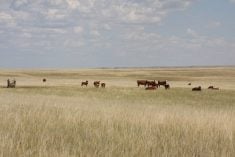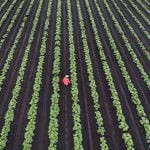They’re one of Canada’s national symbols but for some farmers, beavers are nothing more than pests who destroy trees and flood land.
But it’s time to think of the industrious rodents in a new way, says Lorne Fitch, provincial riparian specialist with Cows and Fish.
“Beavers are a keystone species,” said Fitch. “They are one of those species upon which many other fish and wildlife species depend. Having them active at a watershed or landscape scale means that we can maintain biodiversity.”
Climatologists are predicting droughts and floods will be more common in the future, and beaver dams can help alleviate the severity of both, he said.
“Water (retention) is a substantial benefit, particularly in drought situations, because it slowly seeps back into the stream and the river and keeps downstream water users and fish supplied with water,” said Fitch.
As well, “taking off some of that flood peak means a basement might not be flooded downstream.”
Fitch said he doesn’t discount the damage caused by beavers, such as flooded roads and fields, plugged culverts, and the loss of trees. But there are a number of strategies that can be used to address such situations.
Cows and Fish has created a fact sheet on its website called An overview of beaver management for agricultural producers to help people deal with unwanted beaver activity.
Read Also
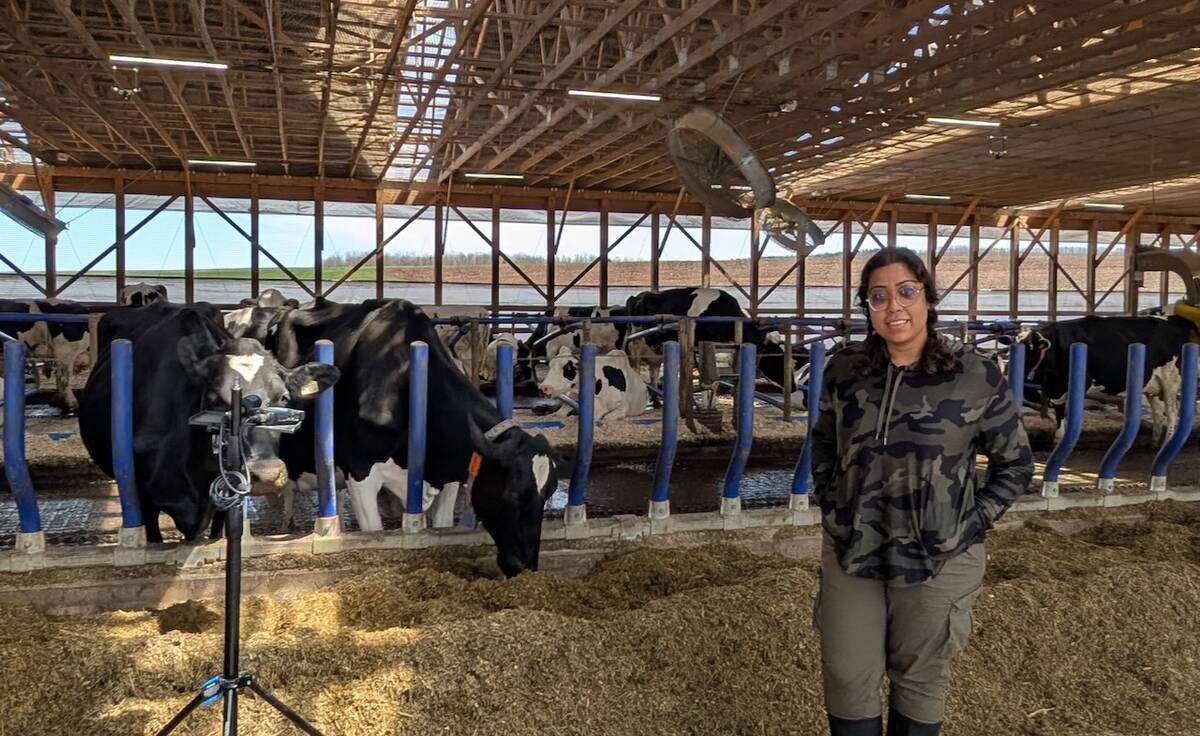
Moo translator and methane measures: There’s an app for that
Dalhousie University researchers use artificial intelligence to create new dairy farm apps that analyze cattle sounds and measure methane.
“It can be something as simple as wrapping your favourite trees and shrubs with chicken wire to keep them from being cut down, to installing a pond-levelling device that keeps water levels in a beaver pond at a desirable level,” said Fitch.
Shooting or trapping beavers can actually make the problem worse as it creates a vacuum that can attract even more beavers, he added.
“If an area has a high capability for beaver… you may invest a lot of time and money in a herculean way, simply to be overwhelmed by beavers,” he said.
Understanding beavers helps to devise the best solutions for management.
For example, beavers are attracted by the sound of running water by building dams. If a producer has a culvert that is continually plugged by beavers, installing a weir that reduces that sound can help. Planting more coniferous trees — beavers prefer deciduous trees and shrubs — also makes an area less attractive.
“It’s not to suggest that beavers should be everywhere all the time,” said Fitch. “But beavers do bring tremendous benefits, so if they disappear from the watershed completely, we may have missed opportunities to adapt to the implications of climate change. It’s really about working together on a community basis, on a watershed, to get out the knowledge of how beavers operate, and to think about how beavers might exist where they don’t cause issues and where they are manageable.”






